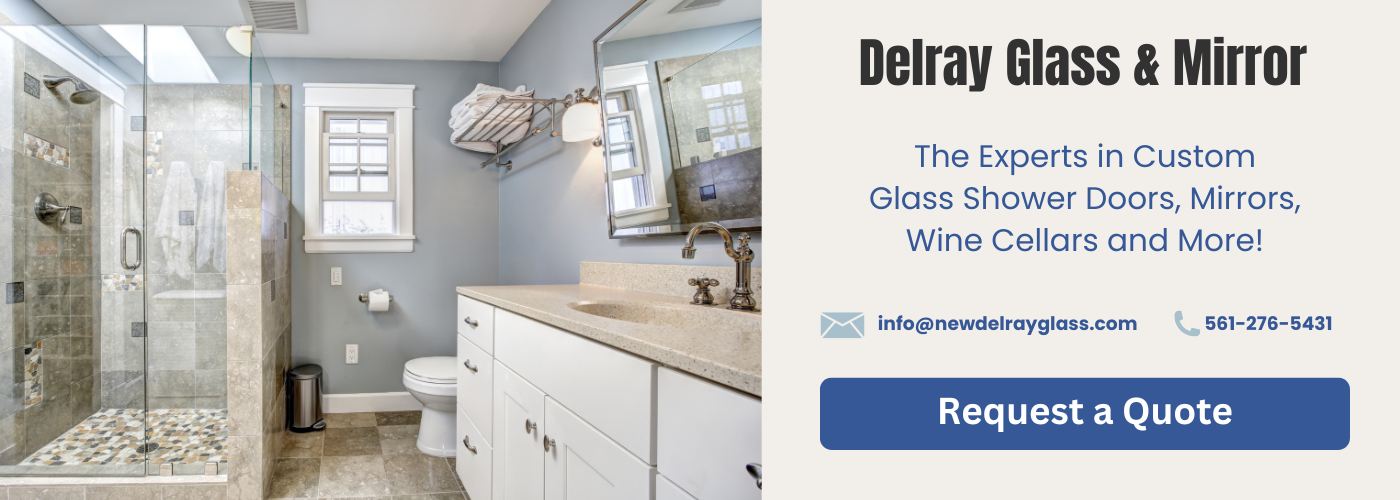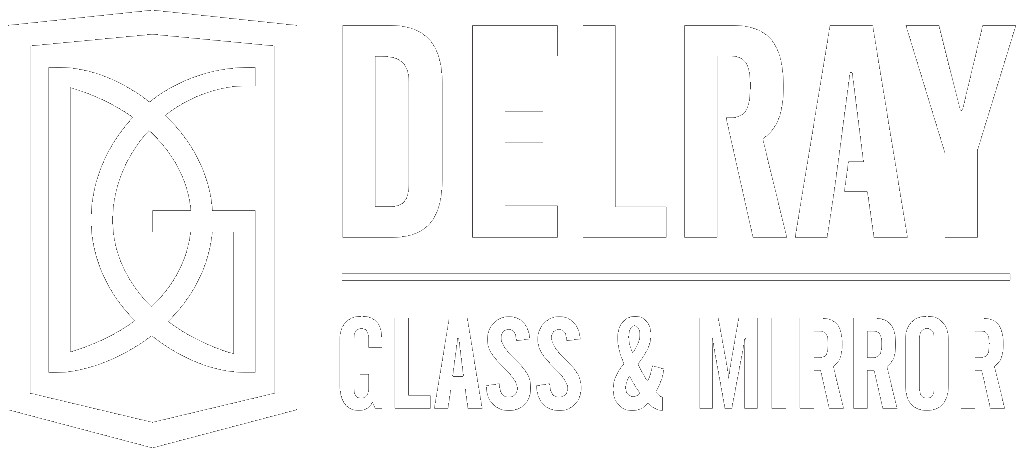When faced with the challenge of decorating or optimizing irregular spaces in homes or commercial settings, one often overlooked solution is the use of custom mirrors. Mirrors are not only functional but can also enhance the aesthetic appeal of a space, making it appear larger and more open. However, the process of fitting mirrors into non-standard spaces raises several questions and considerations. This article will explore whether custom mirrors can be tailored to suit these unique areas effectively.
The first step in this customization is the measurement and assessment of the irregular spaces where the mirrors will be placed. Accurate measurement is crucial to ensure the mirror fits perfectly and fulfills its intended purpose. From there, we delve into the custom design options and techniques available, which allow for a high degree of personalization in terms of shape, size, and style.
Installation presents its own set of challenges, especially in unconventional spaces. We will discuss common issues that may arise and provide practical solutions to overcome them, ensuring a secure and aesthetically pleasing installation. Material selection is another critical aspect, as the choice of materials affects both the durability and the visual impact of the mirror. Different environments may require different materials, and we will consider how these choices influence the longevity and effectiveness of the mirror.
Lastly, cost is a significant factor in the decision-making process. We will examine the cost considerations and budget planning required when opting for custom mirrors. This includes understanding the pricing dynamics of custom work and how to plan financially for a project that meets both functional needs and design desires. By exploring these subtopics, this article aims to provide comprehensive insights into the feasibility and benefits of custom mirrors for irregular spaces.


Measurement and Assessment of Irregular Spaces
When considering the design of custom mirrors for irregular spaces, the first and most crucial step is the measurement and assessment of those spaces. This initial phase involves a detailed evaluation of the area where the mirror will be placed, including its dimensions, shape, and any unique features or obstacles that might affect the installation. Accurate measurements are vital because they ensure that the custom mirror fits perfectly into the designated space, enhancing both functionality and aesthetics.
Professionals typically use advanced tools and techniques to measure spaces accurately. For instance, laser measuring tools can help in obtaining precise dimensions, even in the most irregularly shaped areas. It’s also important to assess the environment around the space. Factors such as lighting, wall composition, and surrounding decor are considered to ensure that the mirror complements the overall design scheme and performs well under existing conditions.
The assessment phase may also involve considering the purpose of the mirror. For example, in a residential setting, a mirror might be designed to maximize light and create the illusion of space, whereas in a commercial setting, mirrors might serve more functional purposes such as fitting into a uniquely shaped display or enhancing customer experience. Each scenario requires a tailored approach to both measurement and design to effectively fulfill the specific requirements of the space.
Custom Design Options and Techniques
Custom mirrors are not only functional but can also be a distinctive part of your home or office décor. When it comes to fitting mirrors in irregular spaces, the custom design options and techniques available are vast and versatile. Designing custom mirrors involves several creative and technical decisions to ensure that the mirror not only fits perfectly but also enhances the aesthetics of the space.
Firstly, the design process often starts with a consultation to understand the client’s needs and the specifics of the space where the mirror will be installed. This might involve choosing the shape of the mirror, which can be anything from standard geometric shapes like rectangles and circles to more complex forms like waves or abstract shapes that flow with the contours of the room. The edges of the mirror can be beveled or have a clean, polished look depending on the desired style.
Technologically advanced techniques such as laser cutting allow for precise cuts that fit exactly into the required spaces, no matter how irregular. This precision ensures that the mirror complements the intricacies of the space, fitting snugly into niches or accentuating curved walls. Additionally, the thickness of the glass and the type of backing used can be customized to meet safety requirements and enhance durability, especially in high-traffic areas or environments prone to moisture and heat.
Furthermore, the finishing touches on a custom mirror also play a crucial role in its functionality and appearance. Options include tinted mirrors, which can add color or a soft ambiance to a room, or mirrored tiles that can be arranged in a mosaic pattern for a unique decorative effect. For a more interactive experience, the inclusion of features like anti-fog technology, lighting, and even smart touch capabilities can elevate a simple mirror to a multifunctional piece in bathrooms or dressing rooms.
In conclusion, the possibilities with custom mirror design are nearly limitless. With the right design choices and techniques, a mirror can transform an irregular space by not only serving a practical purpose but also acting as a striking design element that reflects personal style and creativity.
Installation Challenges and Solutions
When it comes to installing custom mirrors in irregular spaces, a variety of challenges can arise that require thoughtful solutions. Irregular spaces often mean that standard, off-the-shelf mirror solutions are insufficient, and each installation scenario might demand unique adaptations. These challenges can stem from uneven walls, odd angles, or constrained spaces that are difficult to measure accurately. Moreover, the risk of damaging the mirror during installation increases with the complexity of the space.
To address these challenges, professionals often employ advanced techniques and tools. For instance, laser measuring tools are used to ensure precise measurements, which are crucial for the proper fitting of the mirror. 3D modeling software can also play a role, allowing the installer to visualize the mirror within the space before any physical work begins, thereby reducing the risk of errors.
Another common solution is the use of custom mounting hardware designed to accommodate the specific conditions of the wall or surface where the mirror will be installed. This might include adjustable brackets that can handle uneven surfaces or specialized adhesives that can securely bond the mirror to a variety of materials without causing damage.
In some cases, particularly when dealing with very large or intricately shaped mirrors, professional installers might also collaborate with structural engineers to ensure that the wall can support the weight of the mirror. This is crucial to prevent the mirror from becoming a safety hazard over time.
By carefully planning and employing these specialized techniques, the challenges of installing mirrors in irregular spaces can be effectively overcome, ensuring both functionality and aesthetic appeal. This careful attention to detail not only enhances the durability of the installation but also ensures that the mirror perfectly complements the unique characteristics of the space.
Material Selection for Duracity and Aesthetics
Material selection plays a crucial role in the custom design of mirrors, especially when fitting them into irregular spaces. The choice of materials not only impacts the durability but also the aesthetics of the finished piece. When selecting materials for custom mirrors, it is essential to consider how the environment where the mirror will be installed might affect its longevity and visual appeal.
For instance, in areas with high humidity levels, such as bathrooms or kitchens, it is important to choose materials that are resistant to moisture. Mirrors with a backing made of high-grade aluminum or with a protective coating can prevent oxidation and degradation due to moisture. Similarly, for spaces that receive a lot of direct sunlight, materials that are resistant to ultraviolet light are preferable to prevent the mirror from fading or warping over time.
Aesthetically, the material of the frame (if one is used) should complement the interior design and color scheme of the space. Materials such as wood, metal, or even acrylic can be used depending on the style desired. The texture and color of the frame material can add a significant decorative element to the room. For a more modern look, minimalistic designs with sleek, clean lines using materials like polished steel or chrome might be preferred. On the other hand, for a rustic or vintage aesthetic, one might choose distressed wood or ornate metallic designs.
In addition to the functional and decorative aspects, the safety of the materials used is also paramount. For public spaces or households with small children, mirrors made of tempered glass or acrylic can offer increased safety, reducing the risk of injury in case the mirror is accidentally shattered.
By carefully selecting the appropriate materials, custom mirrors can not only fit well in irregular spaces but can also enhance the overall ambiance of the area. This thoughtful integration of durability and aesthetics ensures that the mirrors are both functional and harmonious with the surrounding environment.
Cost Considerations and Budget Planning
When considering custom mirrors for irregular spaces, it is essential to delve into the cost considerations and budget planning aspects. Custom mirrors, especially those designed to fit non-standard spaces, can vary widely in price based on several factors. The complexity of the design, the type of glass used, the finishes, and the installation techniques all play crucial roles in determining the overall cost.
Firstly, the complexity of the space where the mirror will be installed can significantly affect the price. Irregular or curved walls require more precise measurements and possibly special cutting techniques which can increase the cost. Additionally, if the design of the mirror is intricate, involving beveled edges or special shapes, this will further complicate the fabrication process, adding to the expense.
Material selection is another critical factor influencing the budget. High-quality mirrors with enhanced durability, better clarity, and low distortion are more expensive but provide better aesthetics and longevity. For areas prone to moisture, such as bathrooms, it might be wise to invest in treated mirrors that resist fogging and corrosion, which, while increasing cost, will ensure the mirror remains functional and attractive over time.
Installation is another cost factor. Professional installation is recommended for custom mirrors, especially in irregularly shaped areas, to ensure that the mirror is securely mounted and aligned properly. This is particularly important for large or heavy mirrors, where improper installation could pose safety risks.
Finally, budget planning for custom mirrors should include a consideration for potential future maintenance or replacement costs. Choosing a reputable manufacturer and installer can provide added value through warranties or service plans that help manage any future issues.
In conclusion, while the upfront cost of custom mirrors can be higher than standard mirrors, the ability to tailor them to fit unique spaces and specific design requirements can justify the investment. Proper budget planning and understanding the factors that influence the cost can help in making informed decisions that align with both aesthetic desires and financial constraints.
